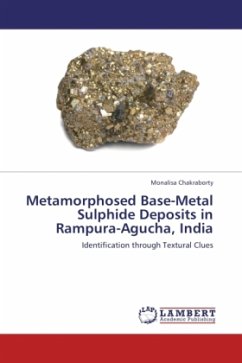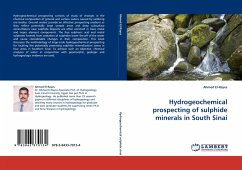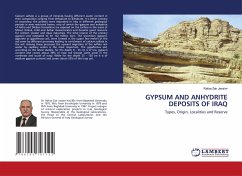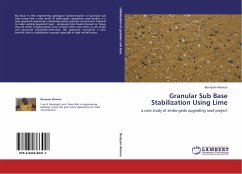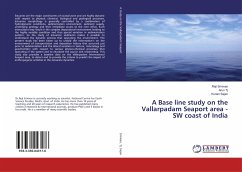The Rampura-Agucha lead-zinc deposit is located 15 km SE of Gulabpura in the Bhilwara district, Rajasthan. The deposit is significant because of its large potential and geological setting. Rampura-Agucha base-metal sulphide deposit is metamorphosed along with the host rock graphite bearing metapelitic rocks. Certain important questions that came up are: How did the sulphide ores behave during metamorphism? What are the records of metamorphism? How the ores equilibrated with the silicates? Are new minerals formed due to the ore silicate equilibration? The rocks in area underwent 3 successive phases of deformation, the first phase produced NNW-SSE trending isoclinal, reclined folds, while the second phase produced F2- folds, also isoclinal to tight and trending NE-SW; the third was weak. The deposit occurs in a doubly plunging synformal structure. The main ore minerals are sphalerite, pyrrhotite, pyrite, galena and graphite. Minor phases include chalcopyrite, arcenopyrite. Petrographic studies indicate that the ores were metamorphosed along with the ambient rocks and later were deformed in a thermotectonic event accompanied/followed by recrystallisation in varying degrees.
Bitte wählen Sie Ihr Anliegen aus.
Rechnungen
Retourenschein anfordern
Bestellstatus
Storno

